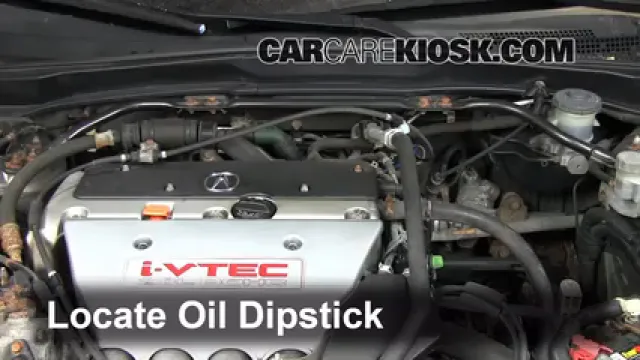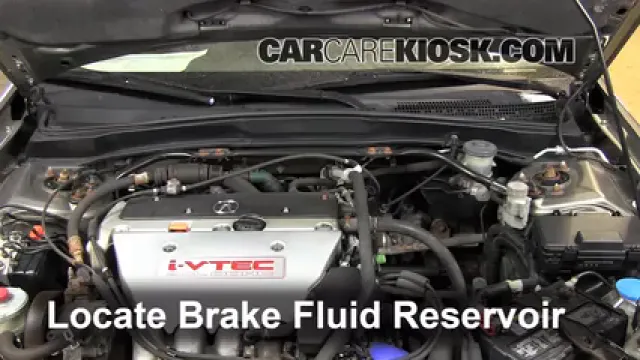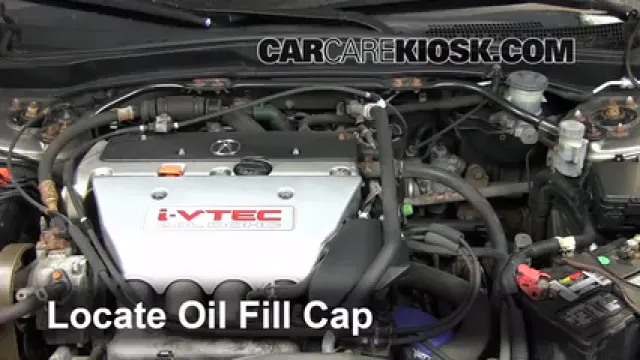Video de revisión del consumidor - 2002 Acura RSX Type-S 2.0L 4 Cyl.
Problemas comunes y reparaciones fáciles en un RSX 2002
The 2002 Acura RSX Type-S has some overly complicated procedures. To access most of the headlights, you will need to remove the battery and windshield washer reservoir on the driver’s side, or the power steering reservoir on the passenger side. The glove box will need to be disengaged to reliably access the cabin air filter, which is a rather lengthy process. The oil filter is inconveniently located deep in the engine bay, and reaching for it may be a problem as it will expose you to hot engine parts.
However, the 2002 Acura RSX Type-S has quite a few easy repairs that are less problematic. The tail lights are all located in the same bulb housing and can be reached behind a single panel. The clutch fluid reservoir has very open access in the engine bay, allowing you to check its level markers and refill it reliably. The parking light is easy to access as well, and doesn’t require any tools to be removed.
Autor
Hans Angermeier ha producido más de 100,000 videos que muestran a los conductores cómo arreglar cosas en sus autos. Tiene una amplia experiencia en procedimientos básicos de reparación que cubren la mayoría de los automóviles en la carretera.
- BMW of MKE North me ayudó a hacer estos videos
- Comentarios
- Descargar Manual del Propietario de Acura











